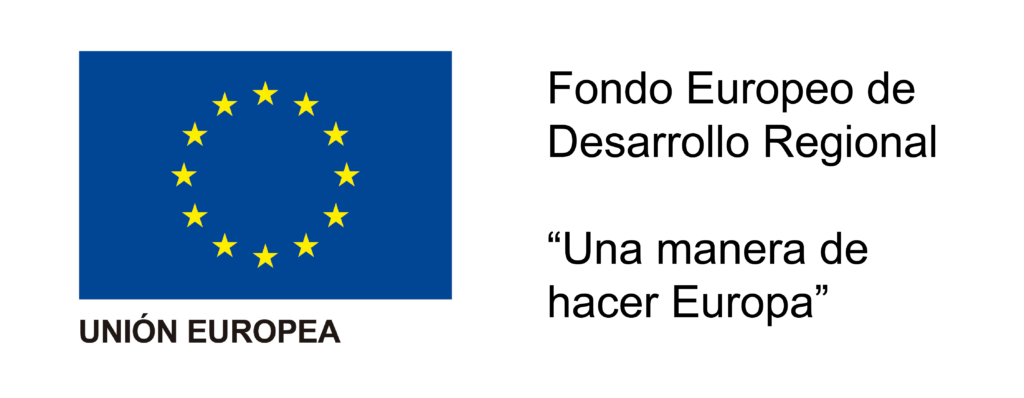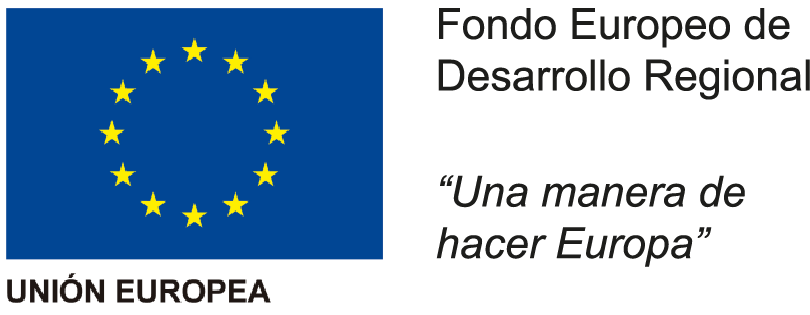- Worlds in Flux: Navigating Current Events and the Shaping of News Today’s Landscape.
- The Evolution of News Consumption
- The Role of Social Media in Shaping Public Perception
- The Challenge of Identifying Reliable Sources
- The Impact of Bias and Agenda in News Reporting
- Navigating the Future of Information
Worlds in Flux: Navigating Current Events and the Shaping of News Today’s Landscape.
The relentless flow of information defines our modern existence. Staying informed is no longer a passive activity; it’s a continuous negotiation with a vast and often overwhelming landscape of data. Understanding how information is created, disseminated, and consumed is crucial in navigating this complexity. The term ‘news today‘ encapsulates this urgent need for current awareness, but it also represents a shifting terrain, impacted by technology, social media, and evolving journalistic practices. This article explores the forces shaping current events and the challenges of discerning reliable information in a rapidly changing world.
The traditional gatekeepers of information – established news organizations – are facing unprecedented competition. Social media platforms, while offering immediacy and accessibility, are also breeding grounds for misinformation and ‘fake news’. This transformation demands a more critical approach to consuming information and an increased awareness of the biases and agendas that can influence reporting. The constant stream of updates and breaking alerts contributes to information overload, making it difficult to filter signal from noise and to gain a comprehensive understanding of complex issues.
The Evolution of News Consumption
The way people access information has undergone a dramatic transformation in recent decades. Once reliant on newspapers, radio, and television, consumers now have a plethora of options, including online news websites, social media feeds, podcasts, and streaming services. This shift has led to a fragmentation of audiences, with individuals increasingly curating their own personalized news ecosystems. While this personalization can provide access to niche interests and perspectives, it also creates ‘filter bubbles’ where individuals are primarily exposed to information confirming their existing beliefs, potentially reinforcing biases and limiting exposure to diverse viewpoints.
Furthermore, the decline of traditional journalism has had economic consequences for news organizations. Reduced advertising revenue has led to staff cuts and the closure of many local news outlets, resulting in a diminished capacity for in-depth investigative reporting. The rise of clickbait and sensationalism can further compromise journalistic integrity as outlets compete for online attention. The spread of misinformation, amplified by social media algorithms, poses a serious threat to informed public discourse and democratic processes.
The rise of mobile technology has also fundamentally changed how people consume information. Smartphones and tablets allow for constant access to news, creating an ‘always-on’ news cycle. This immediacy creates pressure on journalists to deliver information quickly, potentially at the expense of thoroughness and accuracy. The trend towards shorter, more visually driven content, such as videos and infographics, reflects this shift in audience preferences.
| Newspapers, Television, Radio | Websites, Social Media, Podcasts | Shift in consumption habits |
| Gatekeepers of Information | Decentralized Information Sources | Increased access to a variety of viewpoints |
| Professional Journalists | Citizen Journalists, Social Media Influencers | Challenges to journalistic standards |
| Scheduled Broadcasting | On-Demand Access | Immediate access to information |
The Role of Social Media in Shaping Public Perception
Social media platforms have become major conduits for news and information, particularly among younger demographics. They offer a platform for citizen journalism, allowing individuals to share firsthand accounts of events, bypassing traditional media outlets. However, this democratization of information also presents significant challenges. The lack of editorial oversight on many social media platforms allows for the rapid spread of misinformation, conspiracy theories, and propaganda. The algorithmic curation of feeds can create echo chambers, reinforcing existing biases and limiting exposure to diverse perspectives.
The virality of content on social media can amplify existing anxieties and polarize public opinion. The use of bots and fake accounts to spread misinformation and manipulate public discourse is a particularly concerning trend. Outrage and emotional responses often drive engagement on social media, which can overshadow reasoned debate and critical analysis. Combating the spread of misinformation on social media requires a multifaceted approach involving platform moderation, media literacy education, and fact-checking initiatives.
Algorithms designed to maximize engagement do not inherently prioritize truth or accuracy. Understanding how these algorithms function and influence the information we see is crucial for navigating the social media landscape responsibly. It’s also important to remember that what appears on social media isn’t necessarily real. A carefully constructed image or video can be easily manipulated to mislead viewers.
- Fact-checking organizations play a vital role in debunking false information.
- Media literacy education helps individuals develop critical thinking skills.
- Platform accountability is crucial for addressing misinformation.
- Responsible social media usage, including verifying sources, is essential.
The Challenge of Identifying Reliable Sources
In an era of information overload, identifying credible and reliable sources of news has become increasingly difficult. The proliferation of fake news websites and the deliberate dissemination of disinformation campaigns pose a significant threat to public trust in the media. It’s essential to be skeptical of information encountered online, particularly on social media, and to apply critical thinking skills. This involves evaluating the source’s reputation, checking for bias, and verifying information with multiple sources.
Look for established news organizations with a track record of journalistic integrity and a commitment to fact-checking. Be wary of websites with sensational headlines, poor grammar, or a lack of transparency. Check the ‘About Us’ section of a website to identify the organization’s ownership and editorial policies. The process of verifying information can also involve checking for corroborating evidence from multiple sources, consulting fact-checking websites (like Snopes or PolitiFact), and examining the original source material.
Supporting quality journalism is also crucial. Subscribing to reputable news organizations and donating to non-profit journalism initiatives can help ensure the continuation of independent and accountable reporting. The preservation of a vibrant and independent press is essential for a healthy democracy.
The Impact of Bias and Agenda in News Reporting
All news reporting is inevitably shaped by the perspectives and biases of the journalists and organizations involved. While objectivity is a guiding principle of journalism, complete neutrality is often unattainable. Understanding the potential biases that can influence reporting is crucial for interpreting information critically. These biases can stem from a variety of sources, including political leanings, ideological beliefs, and economic interests.
Be aware that news outlets may have a particular political stance or a vested interest in promoting a certain narrative. Consider the source’s funding and ownership structure, as this can influence its editorial decisions. Look for balanced reporting that presents multiple perspectives on complex issues. Recognize that sensationalism and emotional appeals can be used to manipulate public opinion.
News framing, the way a story is presented, can also have a significant effect on public perception. Media outlets can choose which aspects of a story to emphasize and which to downplay, shaping the narrative to align with their editorial agenda. Choosing to consume news from a diverse range of sources, holding various perspectives, helps to mitigate these biases.
- Identify the source’s potential biases.
- Seek out multiple sources of information.
- Be critical of sensationalized headlines.
- Consider the framing of the story.
- Recognize that all reporting has a perspective.
Navigating the Future of Information
The future of the information landscape is likely to be shaped by emerging technologies such as artificial intelligence (AI) and blockchain. AI-powered tools can be used to combat misinformation by automatically detecting and flagging fake news, but they can also be used to create deepfakes and spread propaganda. Blockchain technology, with its potential for secure and transparent data storage, could offer new ways to verify the authenticity of news and combat the spread of misinformation.
However, these technologies also present new challenges. The increasing sophistication of deepfake technology makes it increasingly difficult to distinguish between real and fabricated content. The use of AI-powered bots to amplify misinformation and manipulate public discourse remains a significant concern. Creating safeguards ensuring the responsible development and deployment of these technologies is vital.
The ability to critically evaluate information and discern fact from fiction will be an increasingly valuable skill in the years to come. Investing in media literacy education and promoting responsible journalism are essential steps in safeguarding the integrity of the information ecosystem. Recognizing the complexities inherent in the current landscape and fostering a more informed and engaged citizenry is crucial for a functioning democracy.
| Artificial Intelligence (AI) | Detecting misinformation, automating fact-checking | Creating deepfakes, amplifying propaganda |
| Blockchain | Verifying information authenticity, enhancing transparency | Complexity, scalability challenges |
| Augmented Reality (AR) | Interactive news experiences, immersive storytelling | Manipulation of perception, information overload |

